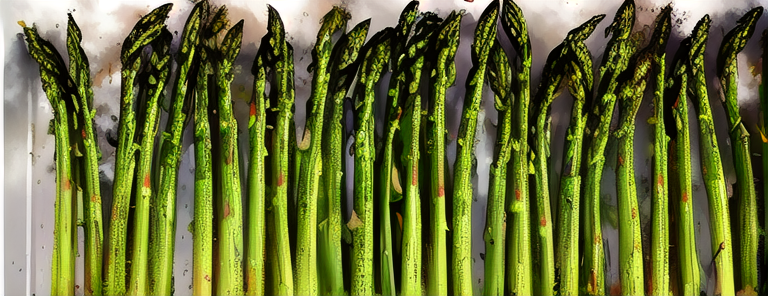- 3 Posts
- 6 Comments

 2·2 years ago
2·2 years agoThere’s a way to do this in Auto1111 (sort of):
- generate an image with part of your steps
- Enable openpose
- Add the partially generated pixel image
- Set controlnet to start at the halfway point, etc.
- re-generate the image with the same settings
This feels pretty janky, though. I think you could do it better (and in one shot) in comfyUI by processing the partially generated latent, feeding that result to a controlnet preprocessor node, then adding the resulting controlnet conditioning plus the original half-finished latent to a new ksampler node. You’d then finish generation (continuing from the original latent) at whatever step you split off.

 2·2 years ago
2·2 years agoAgreed on the Auto1111 UI; I like the idea of ComfyUI but making quick changes + testing rapidly feels like a pain. I always feel like I must be doing something wrong. I do appreciate how easy it is to replicate a workflow, though.

 1·2 years ago
1·2 years agoWhat are you running SDXL in? I tried it in comfy UI yesterday and it seems really powerful, but it seems like it always takes a long time to mess around with images. I haven’t tried it in SD.Next or Auto1111 yet.

 1·2 years ago
1·2 years agoThanks for reporting on that! It’s honestly rare to hear anyone using one, so real-world info is sparse haha. I was seriously considering an RTX 7900 series, but skipped it because of reading a few scattered experiences like yours. Maybe someday I’ll switch to Linux haha.

 4·2 years ago
4·2 years agoThis is the what I’m aware of for ROCm: AMD: Partial RDNA 3 Video Card Support Coming to Future ROCm Releases. TL;DR is that it’s still not clearly committed with a date, and consumer GPU support is pretty weak.
There’s DirectML, which is what SD.Next (Vlad Diffusion) and some others use in Windows. I think it works OK, but can be slow, and it seemed to have a lot of bugs and limited support from perusing the issues lists (though I could be wrong there). I haven’t tried it, so others may know better. For perspective, I analyzed the public Vladmandic SD benchmark data and saw 0 7900 XT(X) results using Windows. It seems like almost nobody uses windows + AMD.


This is unbelievably detailed.